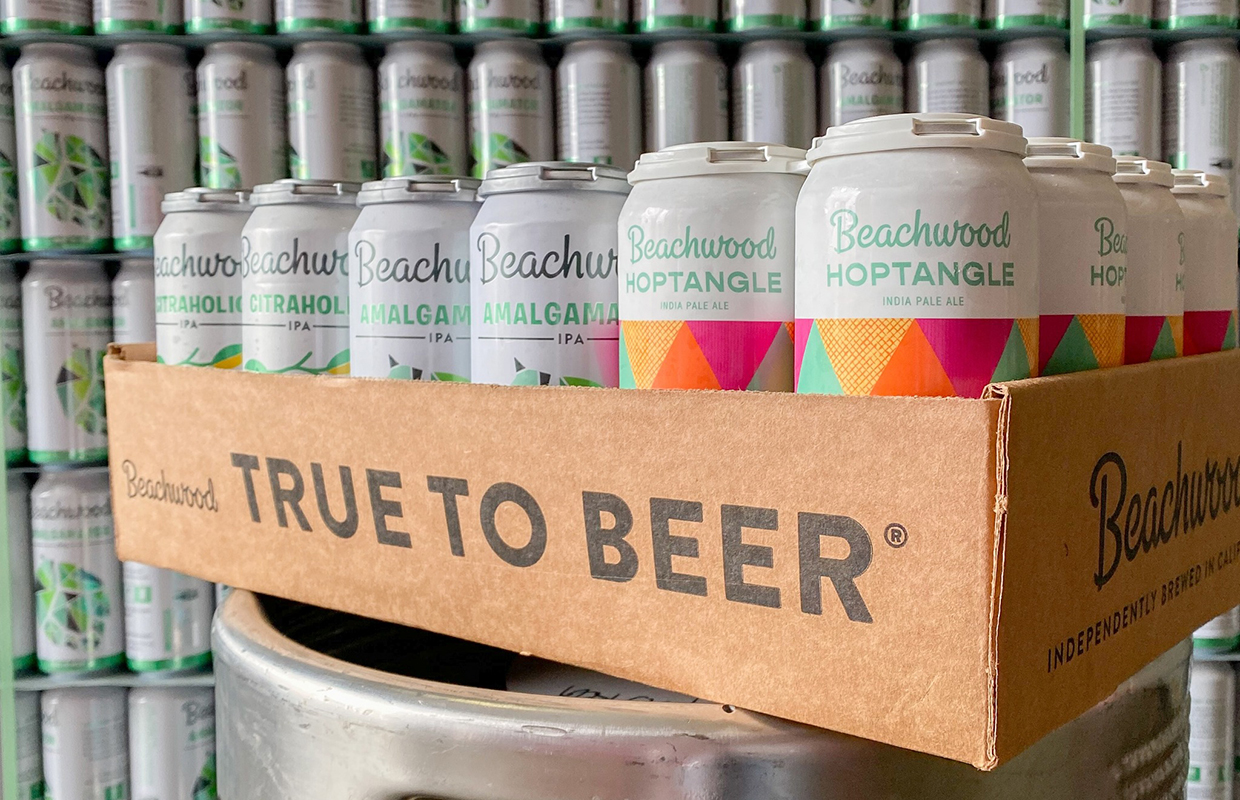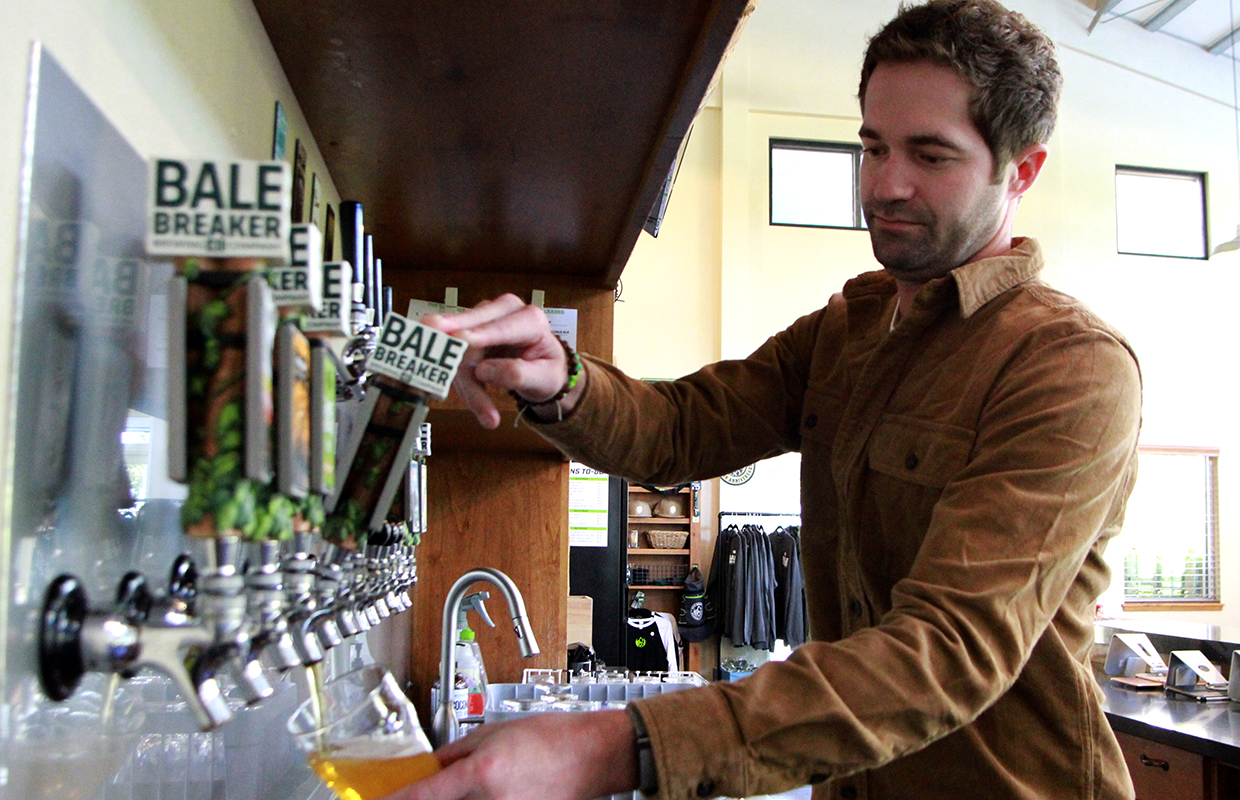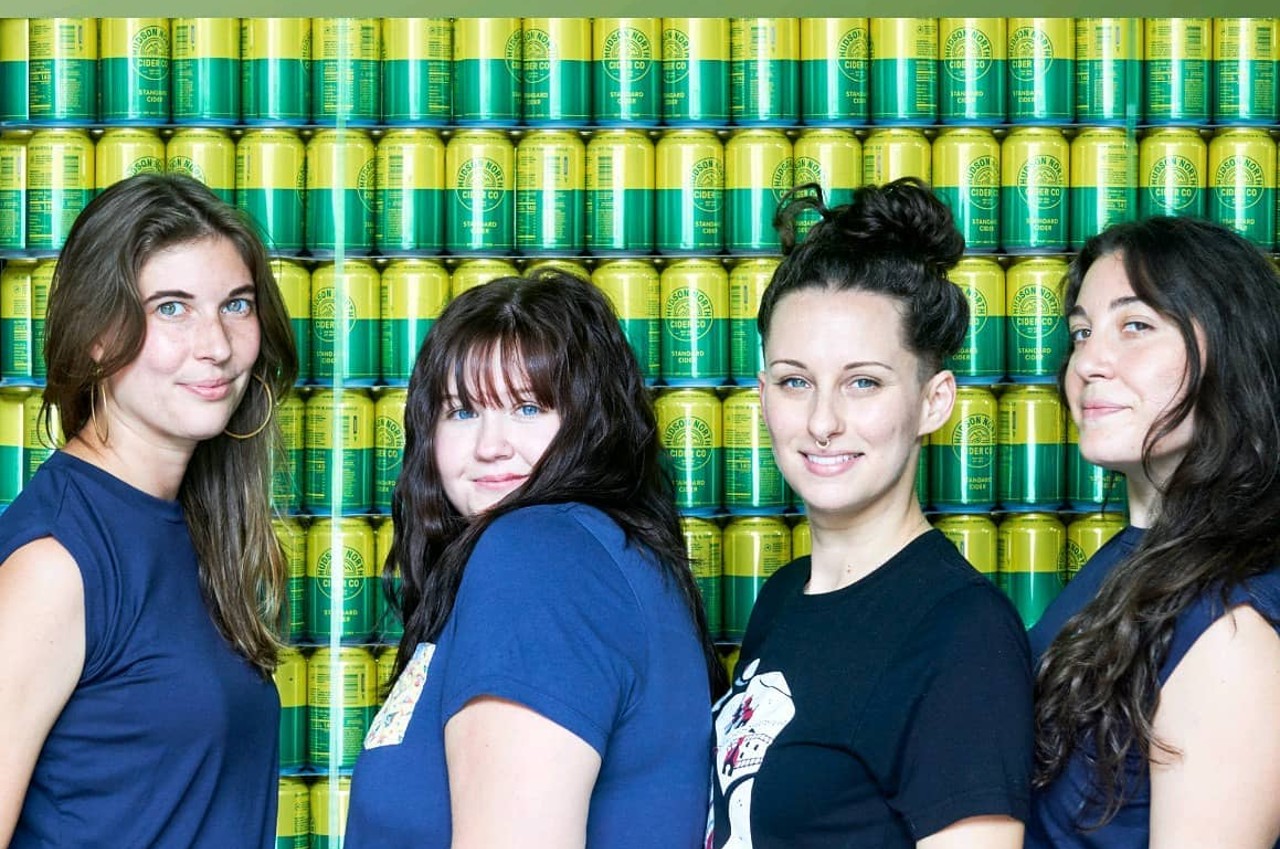
Margins. It’s nice to have that extra cash per case sold for your brewery, but when do you draw the line and see the work may be too much for your brand to grow properly?
Many breweries have started with self-distribution and followed up by switching to finding a wholesale partner to shoulder the load.
“We all like money,” said Beachwood’s Julian Shrago during a talk about self-distribution at the 2023 California Craft Beer Summit. “Not from a greed standpoint, but from a sustainability standpoint. My business never set out to sell beer in package to retail accounts, but it became a necessity when my original brewpub didn’t do quite as much business as we had expected, then we started putting beer in package and self-distributing locally.
“The margins were really good and very compelling. So we did that as long as we could.”
Not only was it a good way for the Long Beach-based brewery to make better margins with very small volumes of beer, but it allowed Shrago and his staff to touch on smaller accounts and have a very personal relationship.
“If you read a lot of surveys, personal relationships are usually at the top of the list of why retailers repurchase beer from a brewery … even more than quality,” he said. “It’s the ultimate inroad for retailers.”
But, if you’re self-distributing, warns Chad Heath of Karl Strauss, you are trying to keep a six-pack on a shelf all the time.
“The amount of labor you need to hire to merchandise those shelves is staggering,” he said during the panel along with Doug Constantiner of Societe and Brian Perry from Markstein Beverage. “You put four six-packs on a shelf, and you have to go every day, pretty much. “Those margins get compressed very quickly when you’re talking about off-premise versus on-premise.
“On-premise 100% is the way to do it. But one of the benefits of going with a wholesaler is you get that army of people — you sign up with a wholesaler to get this multiplier effect. That is going to allow access to market in an area that you might otherwise have a hard time servicing or one that’s in your backyard. When you’re growing rapidly and scaling, not having to invest in anything but making more beer [is] a huge benefit.”
READ MORE: When Does Self-Distribution Make Sense?
Looking at creating that personal distribution network, Constantiner said, means if you add a new tank, you also need to think about a new truck along with hiring a driver.
“With the wholesaler, you don’t have to do that,” he pointed out. “They do it for you.”
The biggest difficulty in doing self-distribution — especially as you scale up — is you become a bill collector, Shrago said.
“At any given time, about a third of your retail accounts will be past due,” he said. “So often going with a wholesaler can mitigate that risk because they write you a check every time you send one large beer order to them.
“But if you choose to focus on small mom-and-pop stores that have more personalized management of their own curated inventory, that can be less of a factor in my experience.




Be the first to comment